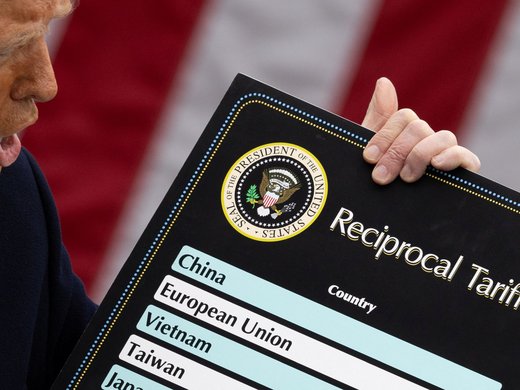This paper discusses the broad orientation of Canada's trade policy relative to two major historical phases of development based on a secure national market behind the National Policy from 1879 until the 1930s, and progressive integration with the United States (US) through Bilateral Agreements (1930s), the Auto Pact (1965), the Canada-US Free Trade Agreement (1987) and the North American Free Trade Agreement (NAFTA) (1994). Currently, Canada exports approximately 85 percent to the US, but imports from China account for eight percent and are growing at over 20 percent a year. Sharply unbalanced (surplus) trade with the US is counterbalanced by unbalanced deficit trade with China. A scenario of elevated growth in Asia (principally China, India and the Association of Southeast Asian Nations, or ASEAN) poses challenges of relative disintegration from North America and growing global integration centered on Asia. Seemingly, a series of implications follow, including positioning Canada within the emerging network of regional agreements in Asia, more resource-based and Western Canada focused trade and infrastructure development, and responding to capital market integration with Asia. Broader issues include the potential adjustments facing Central Canada as Asian imports of manufactures displace both imported manufactures from the US and domestic production are raised.


